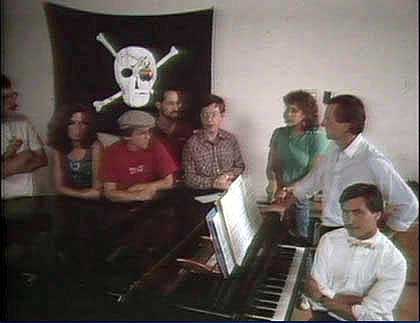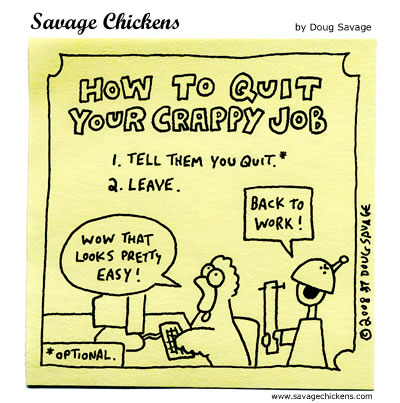
I don’t update this site on a regular schedule; I do so whenever the mood strikes. I debated making this post for a day or two before actually sitting down to write, and if it weren’t for the fact I was notified of some necessary site maintenance, might have let the moment pass.
Yesterday (March 32, 2021) was the birthday of Theodor Seuss “Ted” Geisel, known worldwide by his pen name: Dr. Seuss (in truth, he was never a doctor). It was also Read Across America Day, chosen specifically to coincide with Dr. Seuss’s birthday. Geisel authored 60 books, which sold upwards of 600 million copies, and were translated into 20 languages (source: Wikipedia).

As a kid, I remember reading his books, their rhyming, almost-doggerel and bendy, twisty figures spanning pages and telling stories that were both lighthearted and childish as well as morality tales. Horton Hears a Who!‘s moral was: A person’s a person, no matter how small.
The same “Horton” (an elephant) reprised his gentle, caring role in Horton Hatches The Egg. The moral of this story is about keeping one’s word. “I meant what I said, and I said what I meant. . . . An elephant’s faithful, one hundred per cent!”
Dr. Seuss’s honors include two Academy Awards, two Emmy Awards, a Peabody Award, the Laura Ingalls Wilder Medal, the Inkpot Award and the Pulitzer Prize. Additionally, he was honored with a star on Hollywood’s Walk of Fame (ibid).
All of this sounds perfectly deserving of the acclaim and honors bestowed on Geisel, during his life and after his death. So why then, is this post entitled, “Unsanity?”
There are other uses for this term. I chose it because “insanity” doesn’t seem to even begin to describe what’s going on in the U. S. A. and by inference, the rest of the world today. There is a concerted effort to rewrite history, and a growing “cancel culture” has arisen that seeks to airbrush (or worse) elements of the American experience from all media and mention. Statues of Founding Fathers have been toppled Taliban-like, posts and articles have been “fact checked” and blocked from social media, and even upcoming social media site Parler was “de-platformed” by Amazon Web Services, causing the site to go completely offline for weeks until it could find another hosting service.
All of this reeks of a world gone mad. America is supposed to be the “shining city on a hill,” as Ronald Reagan quoted in his farewell address. A beacon of hope and freedom. The Statue of Liberty beckoning those “yearning to breathe free.” So, what happened?
The Loudoun County, Virginia public school system (the county in which I currently live) has determined that “after studying” Geisel’s books and tearing them apart under the guise of “social justice,” they now are deemed racist in nature and should no longer be the “focus” of the Read Across America Day. Right.
This comes right on the heels of a decision by the Hasbro Toy Company to remove the “Mr.” and “Mrs.” designations from their Potatohead toys (point of historical fact: When I was a kid, a real potato was used as the subject one plugged in the articles – eyes, glasses, hands, feet, etc.). Really? IT’S A POTATO, folks!

It would be easy to say these “issues” and items being promulgated today are insane. But that’s an easy out. It goes beyond sane or insane. It’s UNSANE!






















